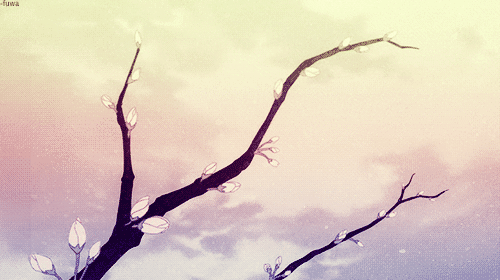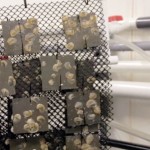
What’s in a face? The amazing variety of human faces — far greater than that of most other animals — is the result of evolutionary pressure to make each of us unique and easily recognizable, according to a new study out of UC Berkeley.
Behavioral ecologist Michael J. Sheehan explains that our highly visual social interactions are almost certainly the driver of this evolutionary trend. Many animals use smell or vocalization to identify individuals, making distinctive facial features unimportant, especially for animals that roam after dark, he said. But humans are different.
In the study, Sheehan and coauthor Michael Nachman asked, “Are traits such as distance between the eyes or width of the nose variable just by chance, or has there been evolutionary selection to be more variable than they would be otherwise; more distinctive and more unique?”
As predicted, the researchers found that facial traits are much more variable than other bodily traits, such as the length of the hand, and that facial traits are independent of other facial traits, unlike most body measures. People with longer arms, for example, typically have longer legs, while people with wider noses or widely spaced eyes don’t have longer noses. Both findings suggest that facial variation has been enhanced through evolution.
“Genetic variation tends to be weeded out by natural selection in the case of traits that are essential to survival,” Nachman said. “Here it is the opposite; selection is maintaining variation. All of this is consistent with the idea that there has been selection for variation to facilitate recognition of individuals.”
Human faces are so variable because we evolved to look unique →



 In response to global climate change, Jill Bible at the UC Davis Bodega Marine Lab shows us how her research with the Olympia Oyster is aimed at restoring this species along the west coast.
In response to global climate change, Jill Bible at the UC Davis Bodega Marine Lab shows us how her research with the Olympia Oyster is aimed at restoring this species along the west coast.